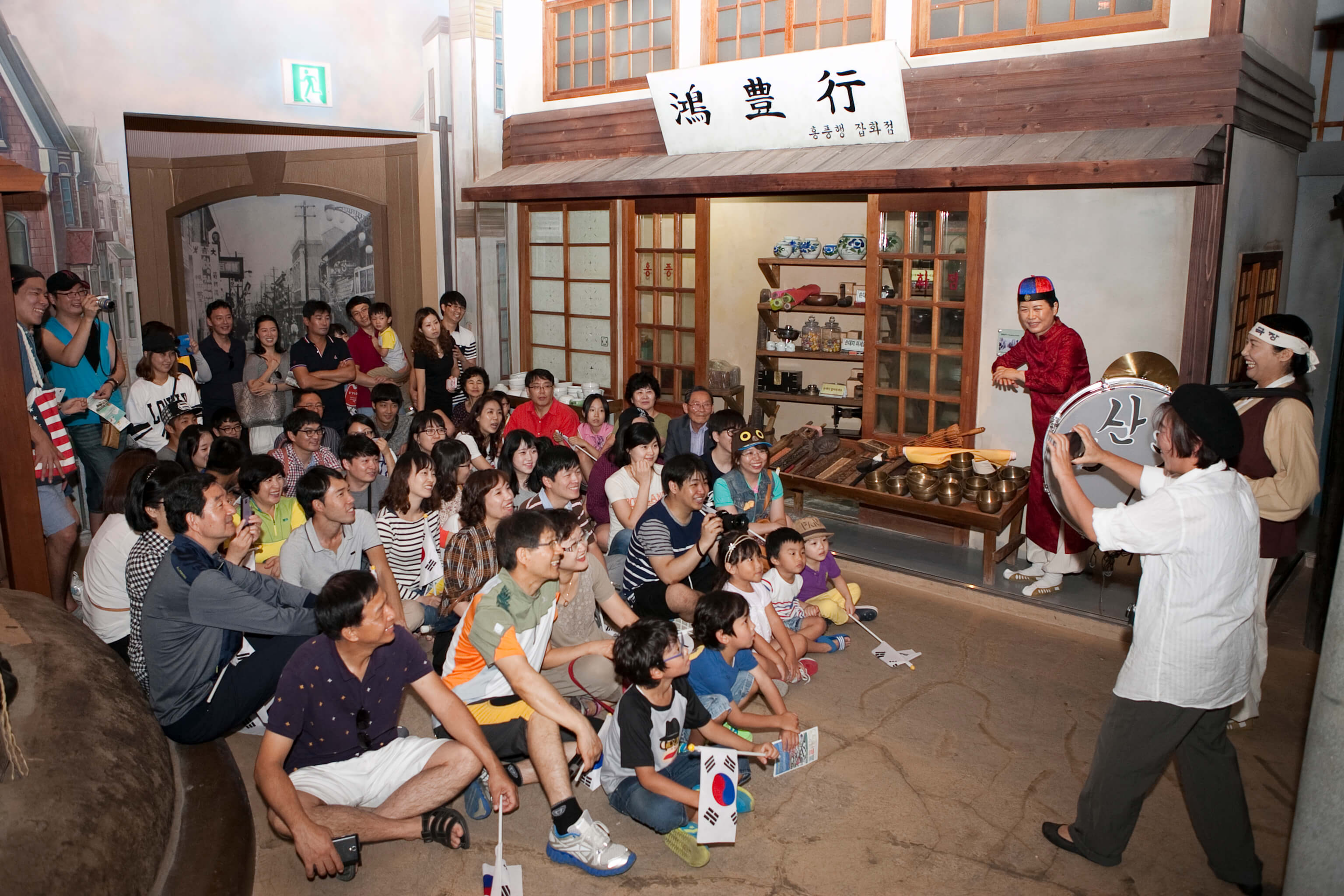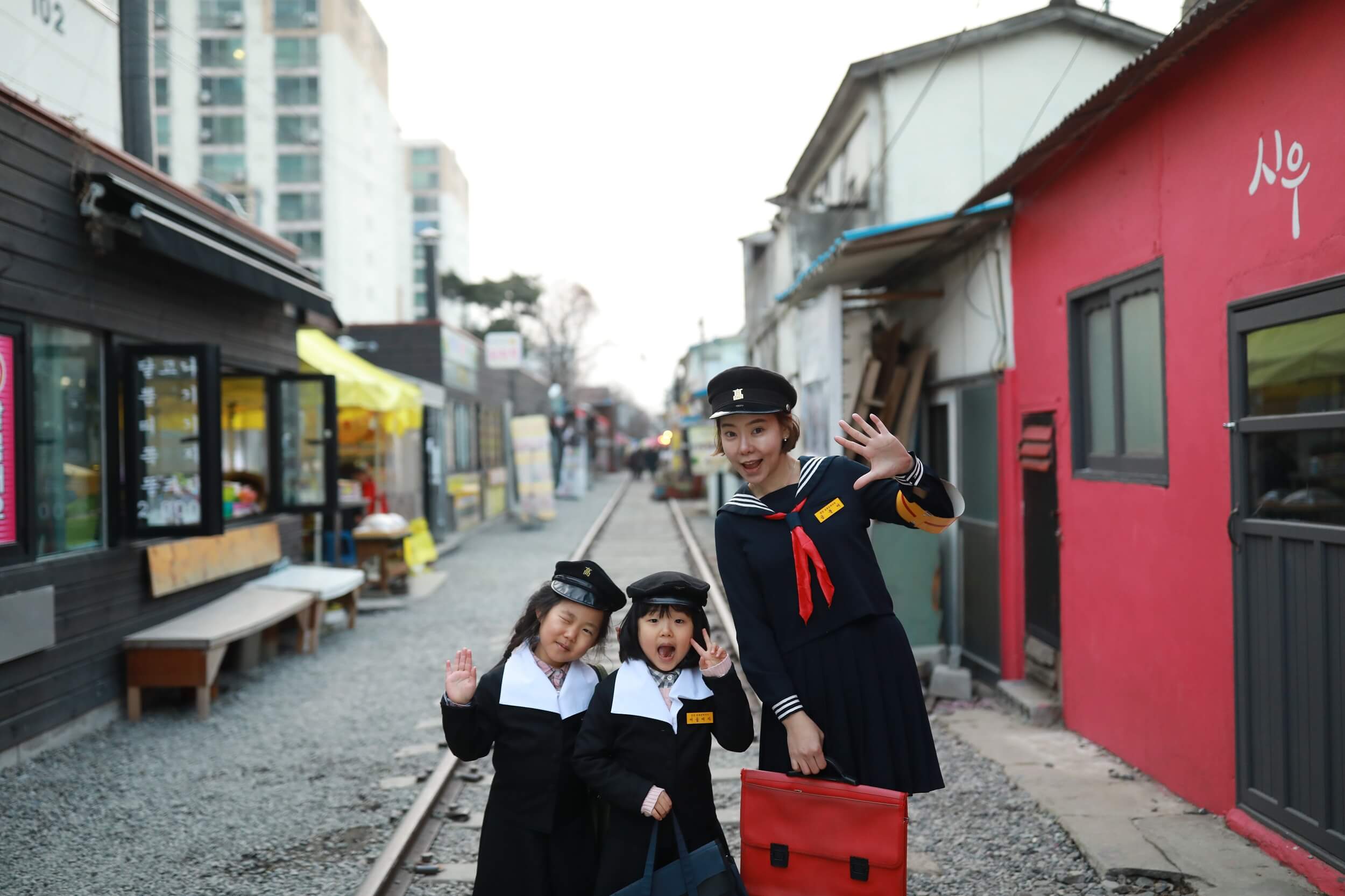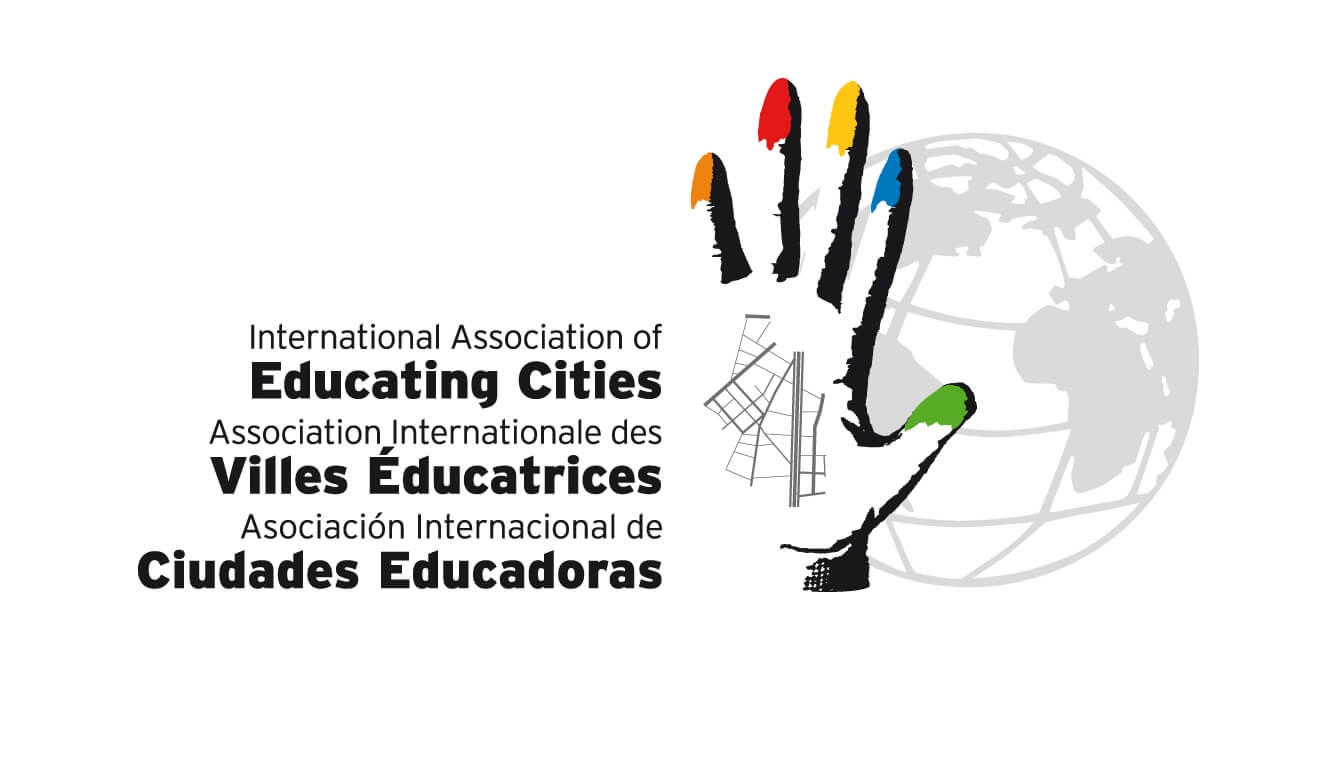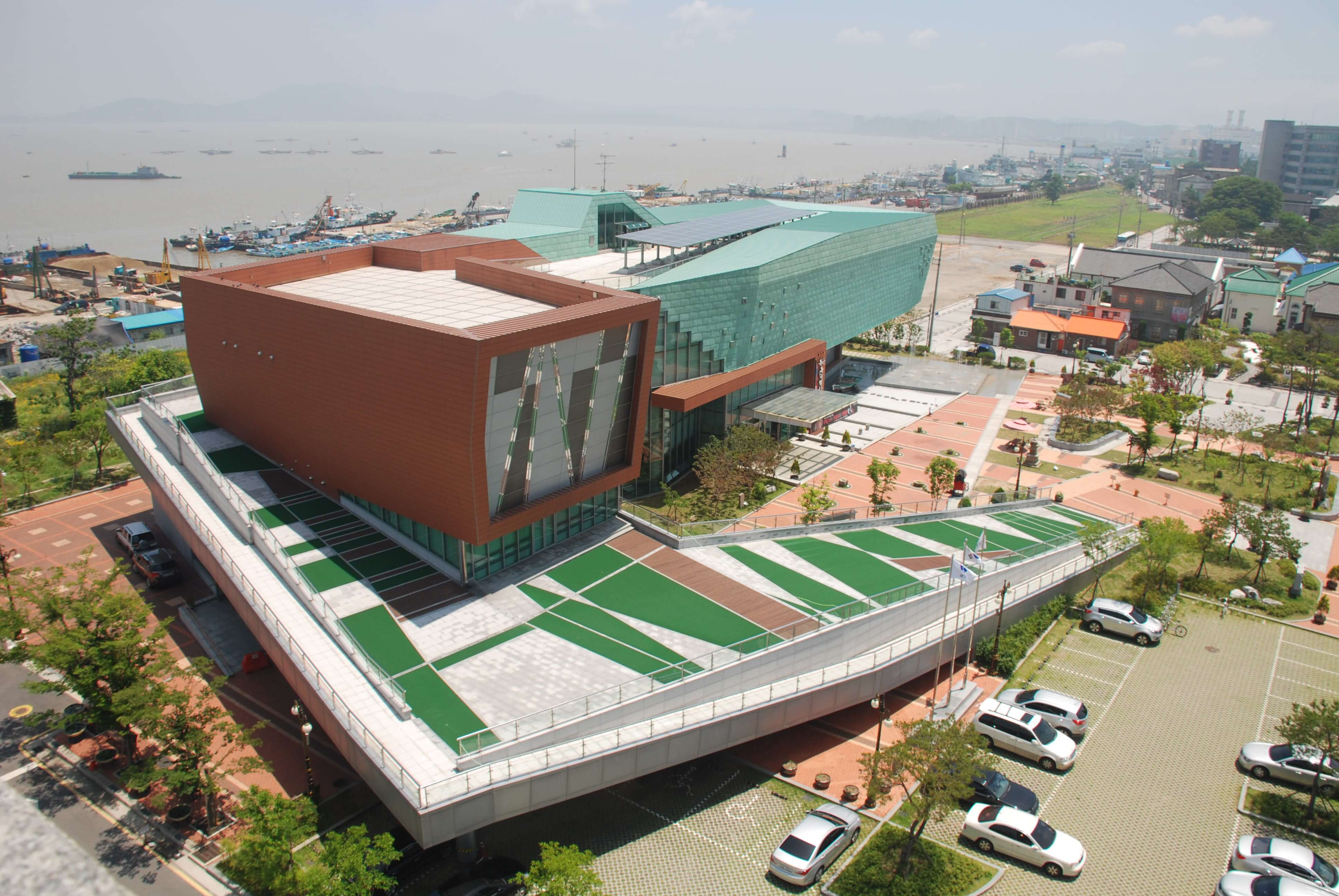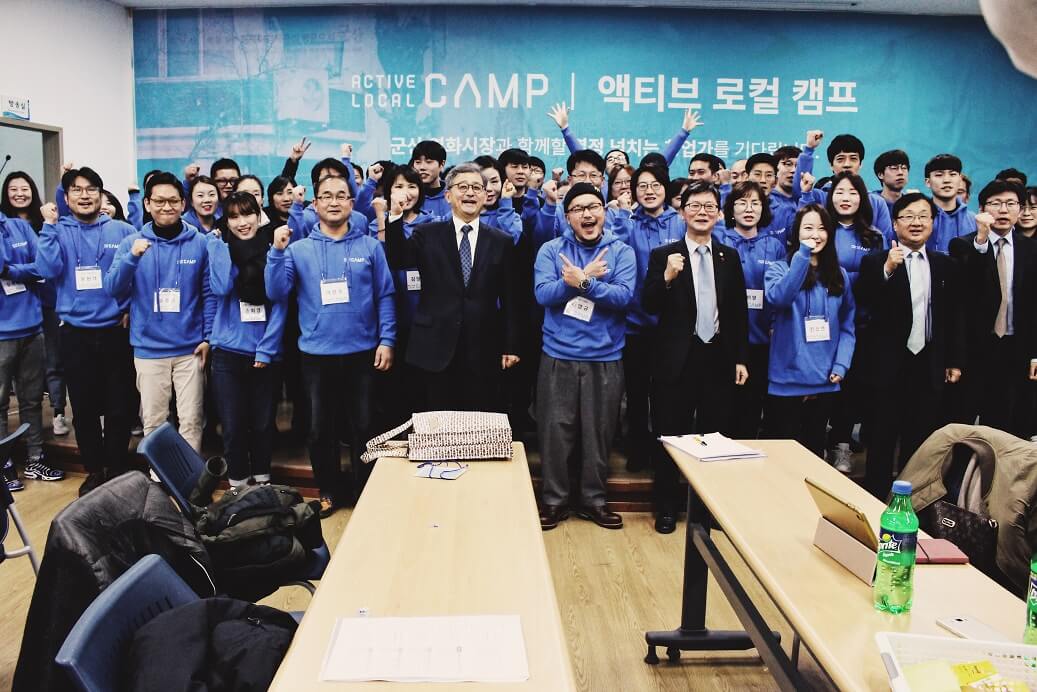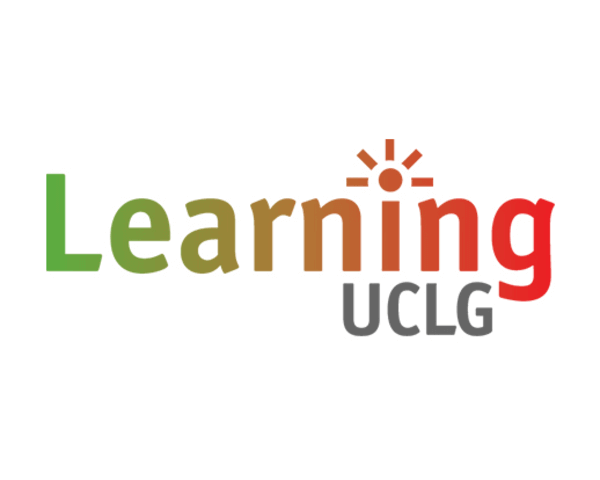City
Gunsan
Main actors
City Government, Regional Government, National Government
Project area
Inner City
Duration
Ongoing since 2007
Heritage preservation and cultural tourism support an urban regeneration program.
Gunsan City’s Old Downtown Regeneration Project relies on the participation of residents to build community pride which in turn improves the quality of life for all citizens. The project has established the Gunsan Modern History Museum and preserved cultural heritage in 172 locations. The Gunsan City Regeneration Support Centre supported by the residents’ council has initiated a number of community led projects and conducts lifelong education courses for citizens. The Centre has established urban plans for the improvement of both the residential and commercial environment, enacted related laws, expanded parking lots, buried utility lines underground, and created thematic streets by working with artistic organisations. Additionally, the Centre has supported start-ups to help revitalize the local economy, provided specialist consulting to local businesses, established guesthouse cooperatives, and help revitalized traditional markets.
This case study was contributed from the UCLG Learning Team (learning@uclg.org).
External links / documents
On Map
The Map will be displayed after accepting cookie policy
